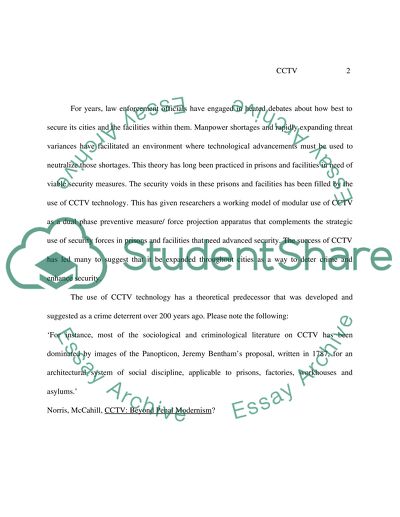Cite this document
(“Closed-Circuit Television Assignment Example | Topics and Well Written Essays - 1750 words”, n.d.)
Retrieved from https://studentshare.org/technology/1517862-closed-circuit-television
Retrieved from https://studentshare.org/technology/1517862-closed-circuit-television
(Closed-Circuit Television Assignment Example | Topics and Well Written Essays - 1750 Words)
https://studentshare.org/technology/1517862-closed-circuit-television.
https://studentshare.org/technology/1517862-closed-circuit-television.
“Closed-Circuit Television Assignment Example | Topics and Well Written Essays - 1750 Words”, n.d. https://studentshare.org/technology/1517862-closed-circuit-television.


